Apr 09, 2025
When you sit on a soft sofa, the springs and padding inside absorb the gravitational impact from your body, preventing you from directly "falling" onto a hard surface. This is a typical example of physical cushioning. Broadly speaking, cushioning refers to the process or means of slowing down impacts, absorbing energy, and reducing damage or pressure. It can occur in various physical, psychological, or systemic scenarios, serving both "protective" and "regulatory" functions.
In the case of pneumatic cylinders, cushioning primarily applies to the piston. When the piston reaches the end of its stroke, all kinetic energy dissipates, effectively decelerating the piston to a zero velocity. This minimizes the impact force when it contacts the cylinder end cap, reducing wear and maintaining precision.
If cushioning is insufficient, the piston will hit the cylinder end cap with considerable force, directly negatively impacting the lifespan of the pneumatic cylinder and its mechanical components. If cushioning is excessive, the piston will require more time to reach the other end, which undoubtedly decreases the operational efficiency of the machine.
Ideal pneumatic cylinder cushioning occurs when the piston reaches the end of its stroke, and all kinetic energy is dissipated, slowing the piston down to zero velocity. Any contact between the piston and the end cap becomes negligible, ensuring the piston does not rebound from the cap. This type of cushioning minimizes noise generated during end cap contact and ensures the shortest deceleration time. Proper pneumatic cylinder cushioning improves the work environment and enhances machine productivity in high-speed cycle applications.

✅ Reduces Mechanical Impact
Cushioning effectively reduces the impact force when the piston reaches the end of its stroke, preventing the "bumping into the cylinder cap" phenomenon and reducing equipment wear.
✅ Extends Equipment Lifespan
By mitigating end-of-stroke impact forces, pneumatic cylinder cushioning significantly lowers the frequency of wear on cylinders and mounting structures, extending the overall lifespan of the equipment.
✅ Improves Operating Stability
Cushioning ensures the piston decelerates smoothly, preventing mechanical vibrations and helping equipment run steadily during high-speed or high-frequency operations.
✅ Reduces Noise
By reducing the impact speed at the piston’s end, pneumatic cylinder cushioning significantly lowers noise generated during operation, improving the working environment.
✅ Enhances Operational Safety
The cushioning mechanism helps prevent equipment damage or personnel injuries caused by sudden impacts, especially in high-speed equipment.
✅ Supports High-Speed Operations
For automation systems requiring high cycle speeds, cushioning ensures excellent positioning accuracy and reliability, even during high-speed operations.
✅ Adapts to Various Load Changes
Especially with adjustable cushion cylinders, cushioning force can be flexibly adjusted to accommodate different operating conditions.
✅ Reduces Maintenance Costs
With reduced equipment wear, the frequency of maintenance and the cost of replacing components decrease, improving the overall economic efficiency of the system.
Pneumatic cylinder cushioning can also create a quieter working environment for operators and improve total work cycle time. Shortening cycle times increases productivity for end users, providing a competitive advantage for OEMs.
To achieve ideal pneumatic cylinder cushioning, it is essential to focus on proper design, adjustment, and selection. The goal is to decelerate the piston smoothly and quietly at the end of the stroke, minimizing impact and wear. Here are the core elements and methods for achieving ideal cushioning:
◆ Choosing the Right Cushioning Cylinder Type
Built-in Cushioning Cylinders: Commonly available in fixed and adjustable cushioning versions, these can be selected based on load and speed requirements.
External Cushioning Devices: Hydraulic shock absorbers are ideal for high-speed or high-load conditions.
◆ Using Adjustable Cushioning Structures
Adjustable cushioning cylinders allow control of the exhaust speed using screws or valves to adjust the deceleration intensity at the end of the stroke. Operators can flexibly adjust this based on load and speed to achieve the best cushioning effect.
◆ Accurate Calculation of Cushioning Distance and Pressure
Cushioning length should be reasonably designed according to cylinder speed, load mass, and stroke length, ensuring sufficient length for deceleration.
The cushioning chamber pressure should be kept within a reasonable range to avoid "hard impacts" caused by excessive pressure or "slamming" when pressure is too low.
◆ Testing and Fine-Tuning
After installation, a trial run is necessary to continuously adjust the cushioning system, observing whether the deceleration process is smooth and checking for metal impact sounds or vibrations. Special attention should be paid to adjusting the cushioning valve opening until "smooth stopping" is achieved.
◆ Proper Matching of Load and Speed
High-speed operations require effective cushioning. If the load is too heavy without proper cushioning, it can cause impact damage.
It’s crucial to match cylinder thrust, speed, and cushioning capacity during the design phase to avoid insufficient cushioning performance.
You can use tools like the AVENTICS cushioning adjustment tool to make pneumatic cylinder cushioning adjustments faster, easier, and more precise. With just a few simple steps, you can ensure that your pneumatic cylinder cushioning is set to the correct level.
To use the CAT, simply attach the sensor to the pneumatic cylinder and turn it on. You can then see all the functions on the large LED display and make corresponding adjustments. The optional AVENTICS app (available for Android/iOS) can also provide graphical data on piston speed and cushioning characteristics. When the cushioning is ideal, you will get a green light. The display will show a traffic light, changing from red to yellow and then green as you make adjustments. It will also indicate the direction to adjust the cushioning screw for improved performance.
Indicators of Ideal Cushioning Performance:
If you want to know whether your pneumatic cylinder has achieved ideal cushioning, you can judge by the following signs:
✅ Minimal vibration and noise at the piston’s end stroke;
✅ Accurate stop points with consistent repeat positioning;
✅ No rebound impact from the cylinder cap;
✅ Cushioning adjustments accommodate various operational conditions.
Our company can provide customized cylinders in various styles and ranges. If you have any questions or would like to learn more information, please visit: www.fescolo.com
You May Interest In
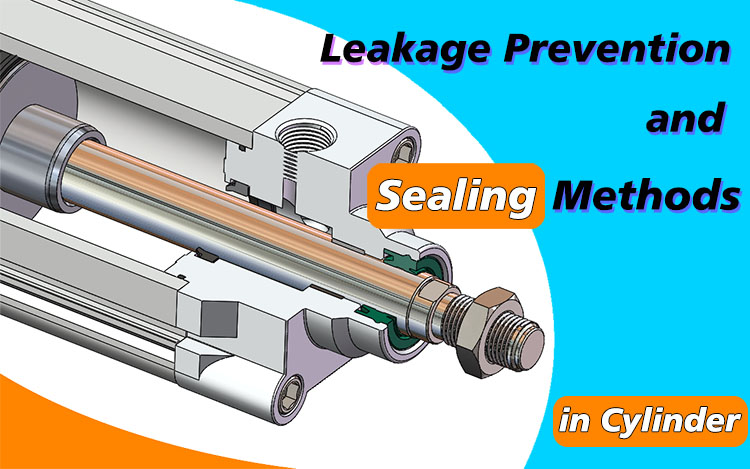
Mar 28, 2025 Blog
Leakage Prevention and Sealing Methods in Cylinder
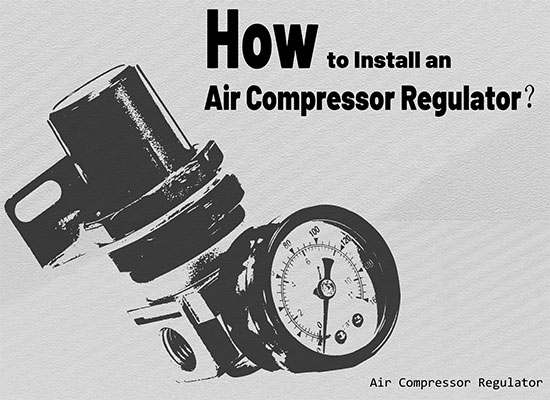
Mar 18, 2025 Blog
How to Install an Air Compressor Regulator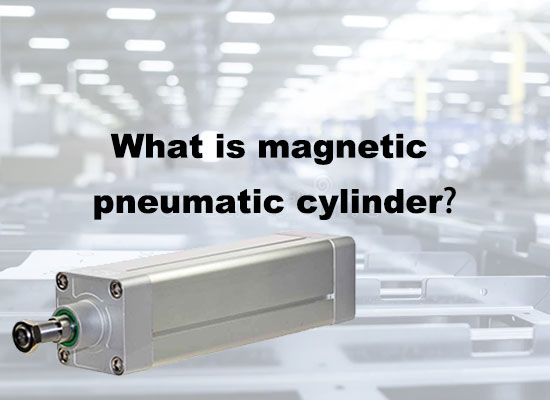
Mar 13, 2025 Blog
What is Magnetic Pneumatic Cylinders?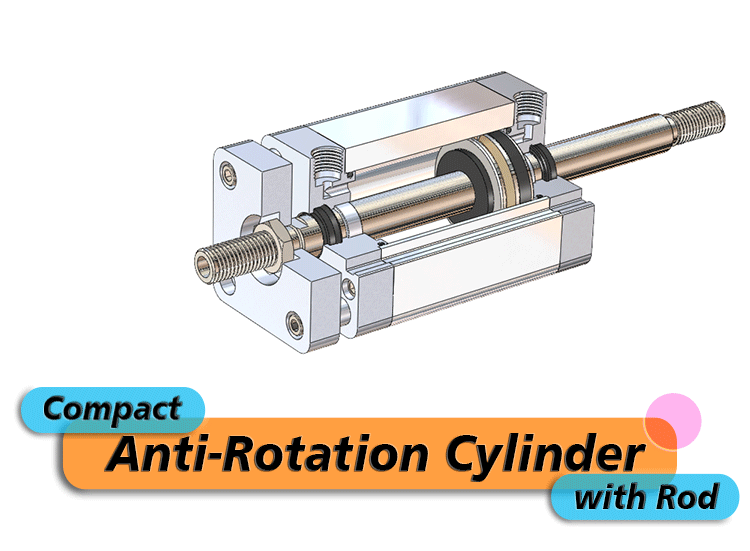
Mar 10, 2025 Blog
Compact Anti-Rotation Cylinder with Rod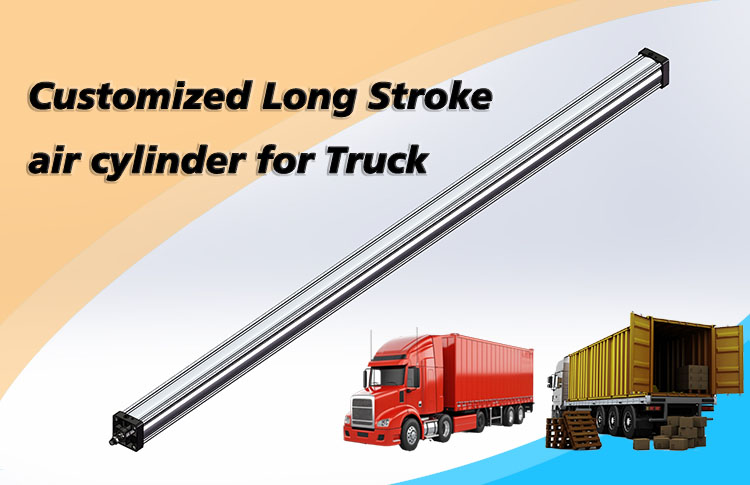
Mar 10, 2025 Blog
Customized Long Stroke Air Cylinder for Truck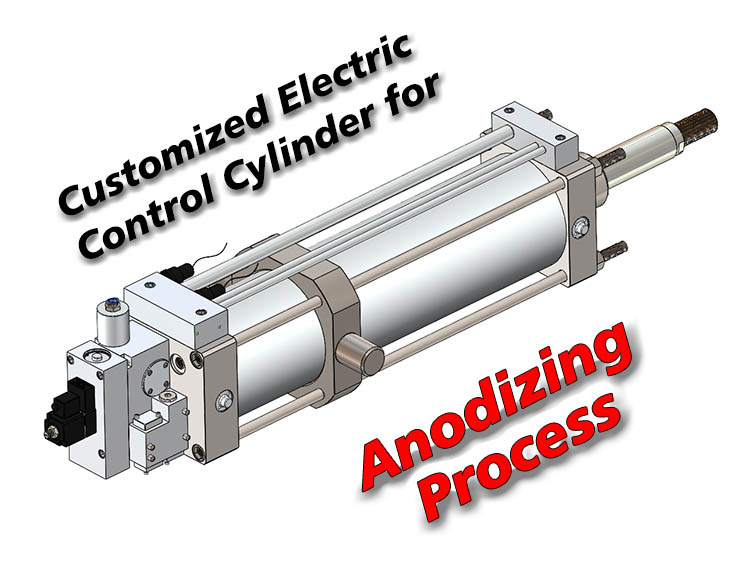
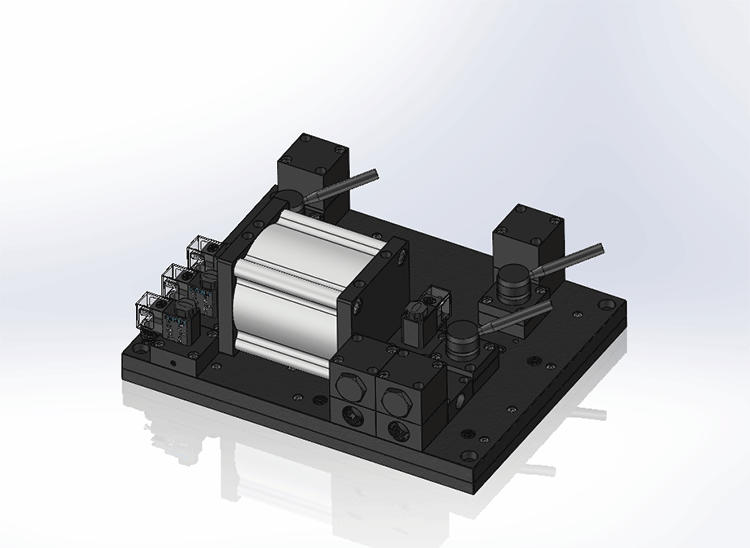
Mar 10, 2025 Blog
Customized Combination Manifold Valves
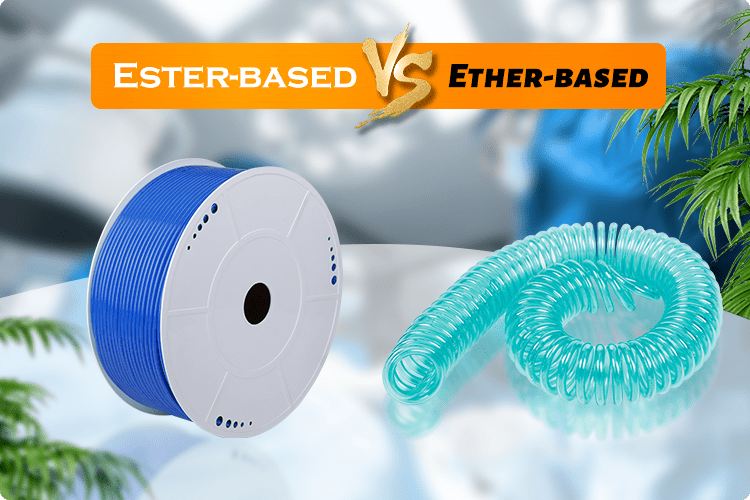
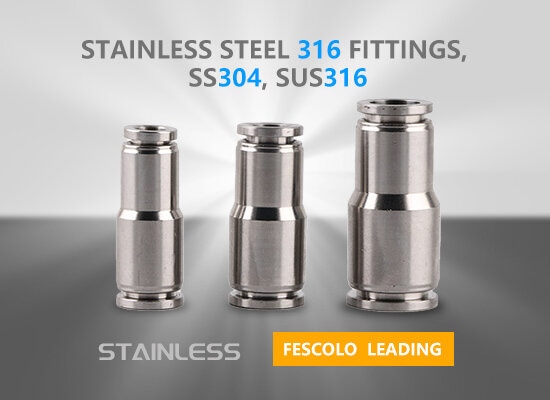
May 16, 2019 Blog
STAINLESS STEEL 316 FITTINGS, SS304, SUS316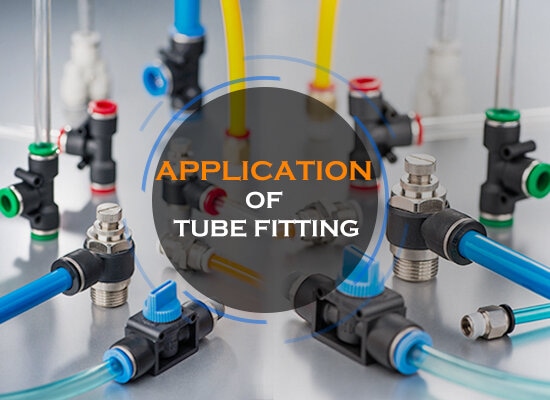
May 03, 2018 Blog
Application Of Tube Fitting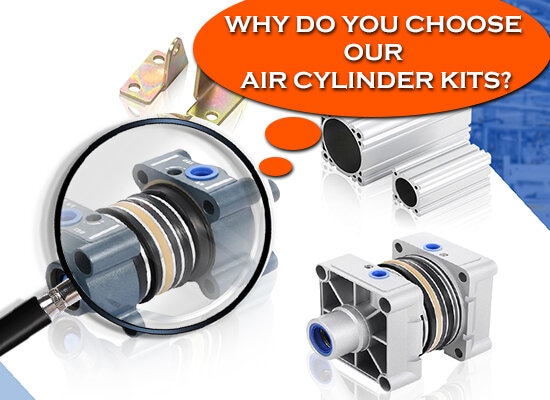
Jun 08, 2018 Blog
Why Do You Choose Our Air Cylinder kits?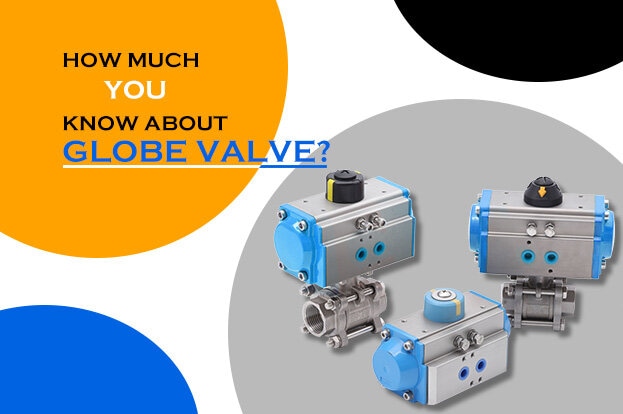
Feb 09, 2018 Blog
How much you know about globe valve?FOKCA ©1998-2025 Fescolo Pneumatic All Rights Reserved Sitemap